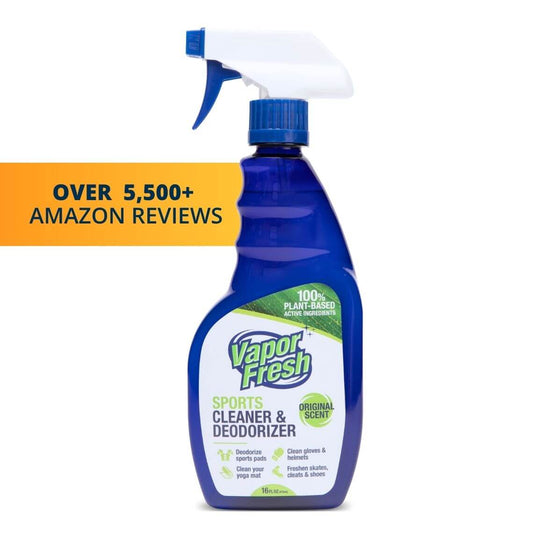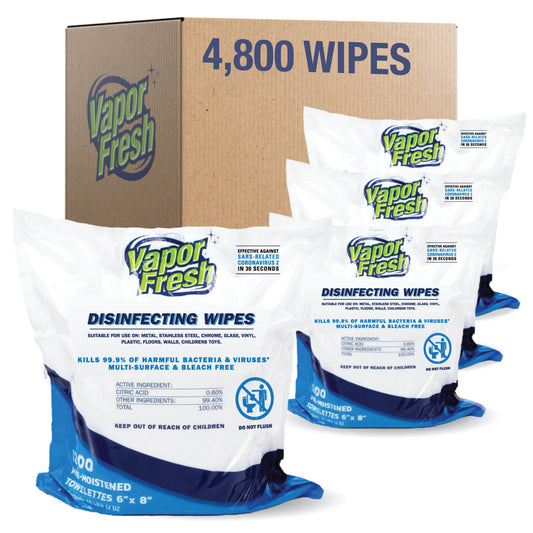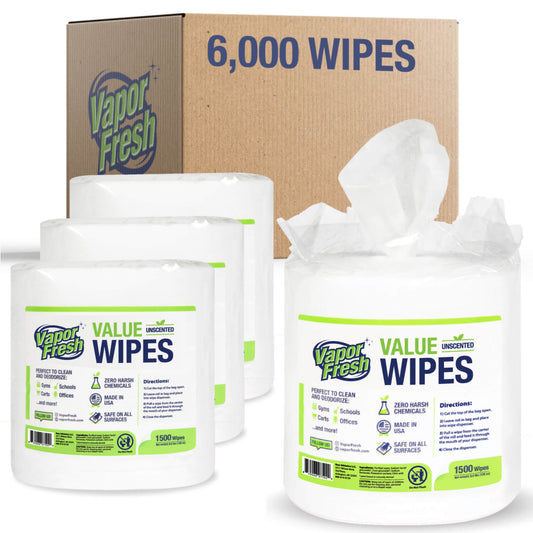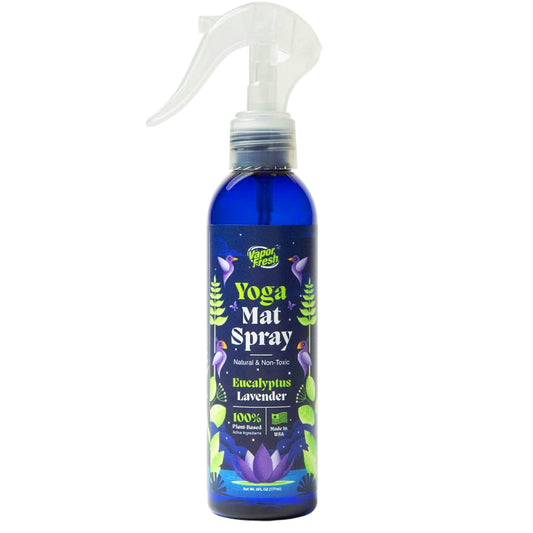They're in your gym and in your home. They shouldn’t be.
What are quats?
Quaternary ammonium compounds, or "quats", are potent chemicals most commonly found in disinfecting wipes, sprays and other cleaning products.
They kill germs by destroying their outer membranes.
Because quats also eliminate static and soften fibers, they're also in fabric softeners, hair conditioners, dryer sheets, skin lotions and unfortunately even some baby wipes.

Quats can cause lung problems
20% of work-related asthma cases in California are janitors regularly exposed to quats.
In one study, rats breathing small amounts of quats developed nasal ulcers and lung inflammation. No safe levels could be found.

Quats can irritate the skin
Benzalkonium chloride is a well-known irritant that can cause contact dermatitis.
According to another study, workers who use cleaning products containing quats are 2x more likely to have a skin disorder.

Quats have reproductive health concerns
One study showed that nurses who frequently used quat-based disinfectants took about 25% longer to get pregnant.
Another study showed that male mice exposed to quats had worse sperm concentration and motility.

Quats harm the aquatic ecosystem
Quats are not readily biodegradable, so they stick around when they enter water systems.
They are toxic to beneficial microbes that balance nitrogen and ammonia levels.
Quats are also toxic to numerous fish species.
How to identify products with quats
Most cleaning products disclose their ingredients either on an "active ingredient" panel on the front label, or a list of ingredients on the back label. Quats will look like:
Benzalkonium chloride (BZK)
Alkyl dimethyl benzyl ammonium chloride
Didecyl dimethyl ammonium chloride
N-alkyl dimethyl benzyl
N-alkyl dimethylethyl benzyl ammonium chloride
Lauryl dimethyl benzyl ammonium chloride
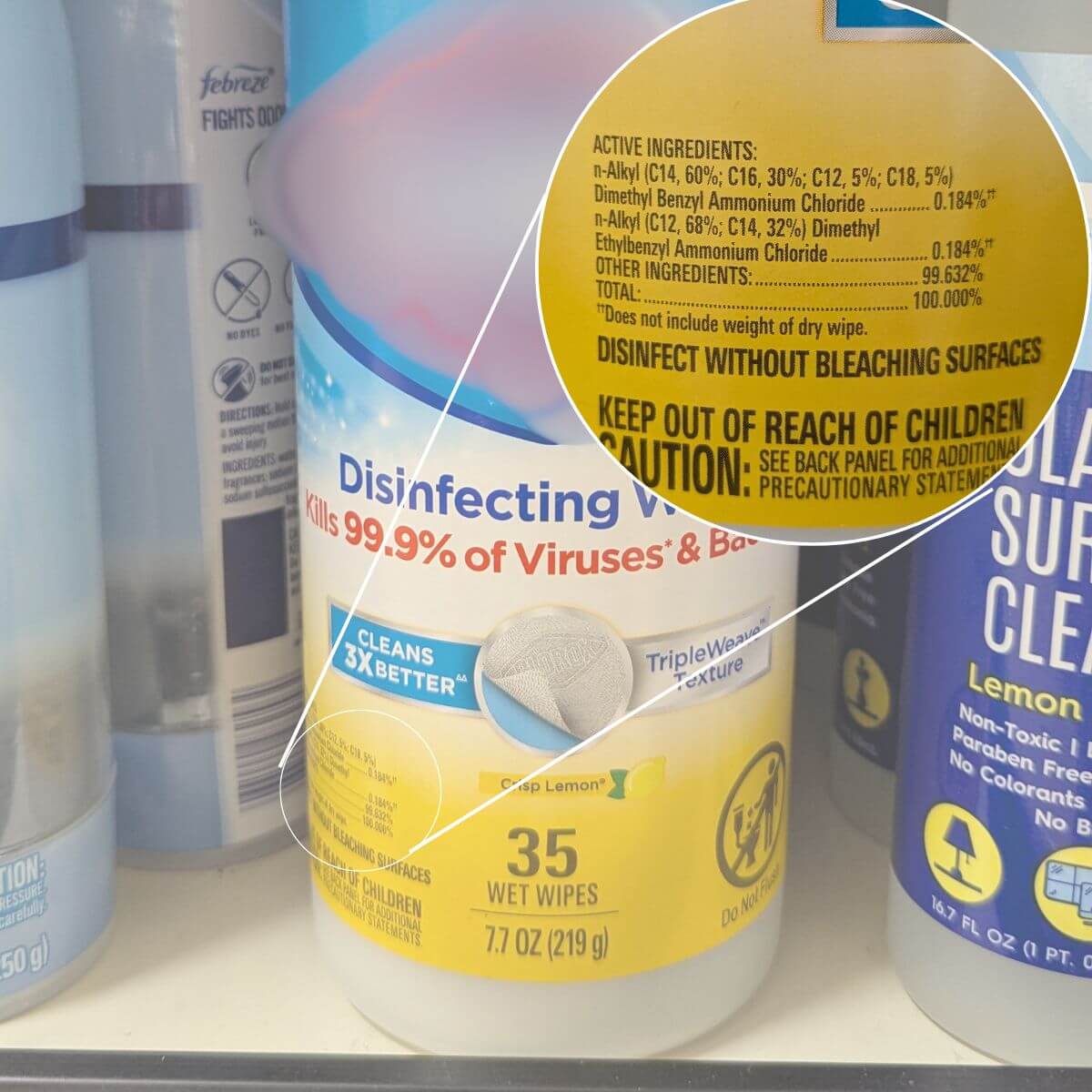
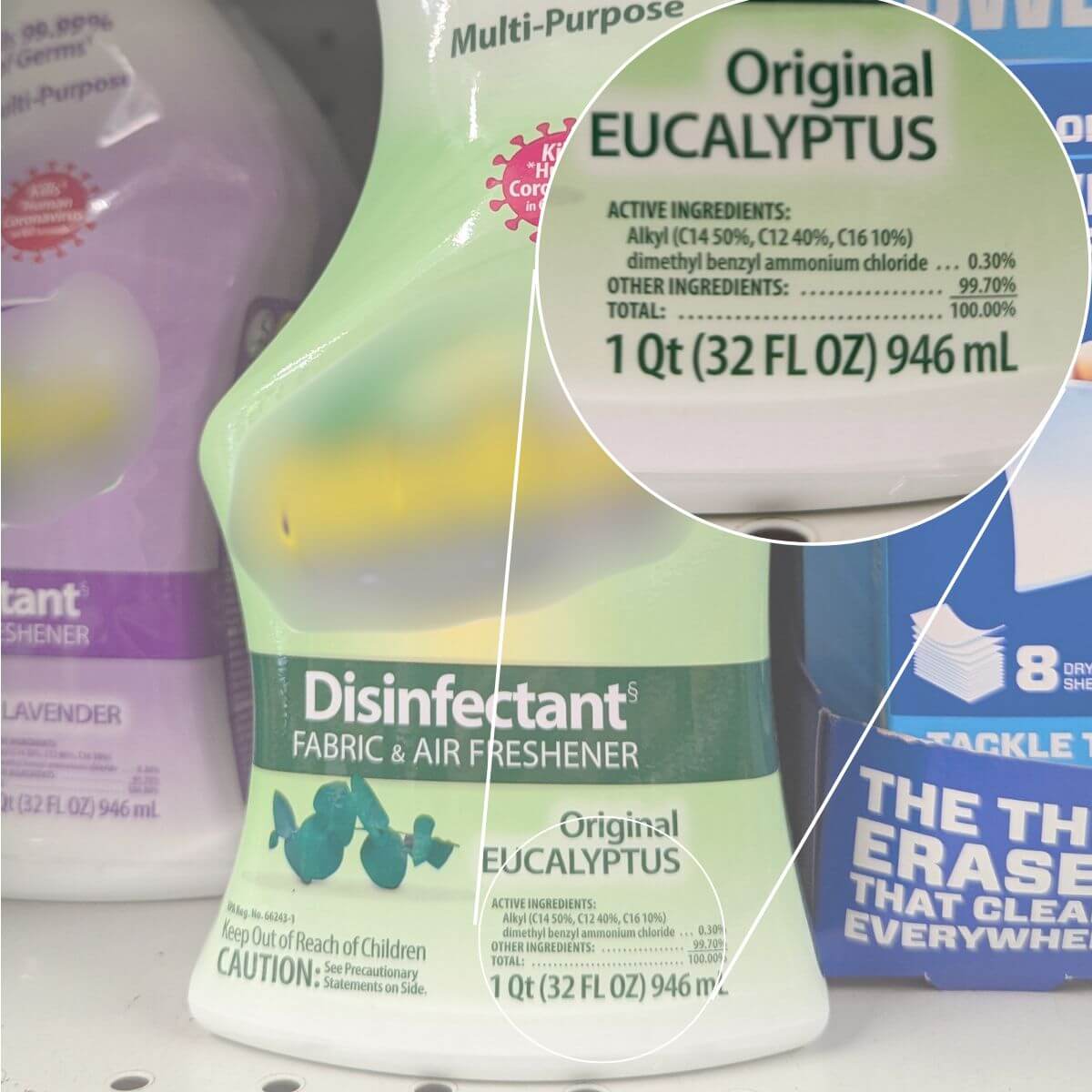
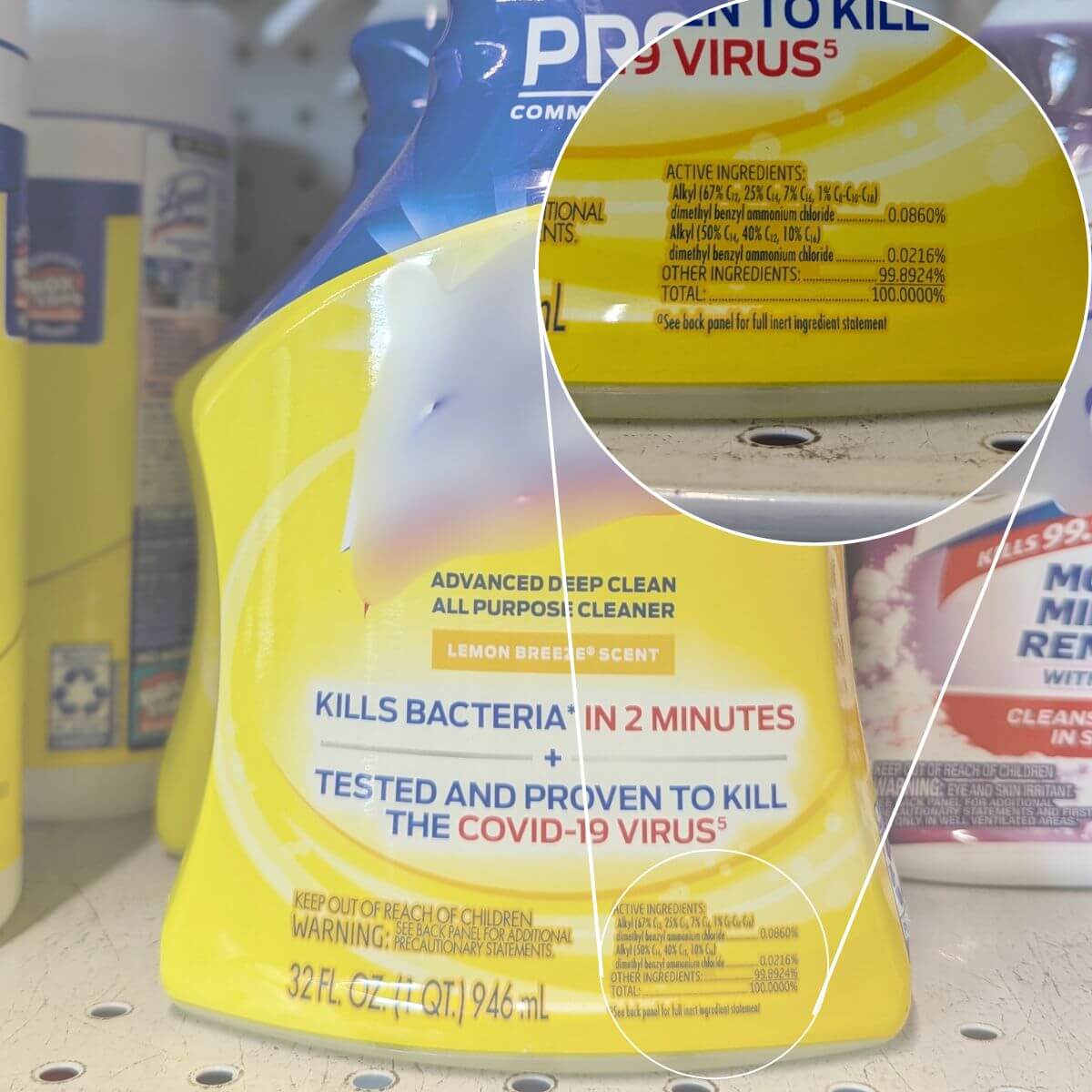
Avoid Quats. Shop Vapor Fresh.
-
Vapor Fresh® Sports Cleaner & Deodorizer
Regular price From $14.99Regular price$14.99Sale price From $14.99 -
Vapor Fresh® Disinfecting Wipes
Regular price From $139.96Regular price -
Vapor Fresh® Value Wipes
Regular price From $89.96Regular price -
Vapor Fresh® Yoga Mat Cleaning Spray
Regular price From $12.99Regular price











